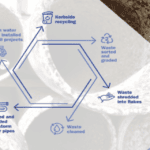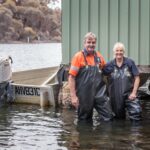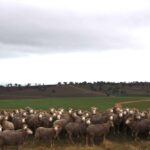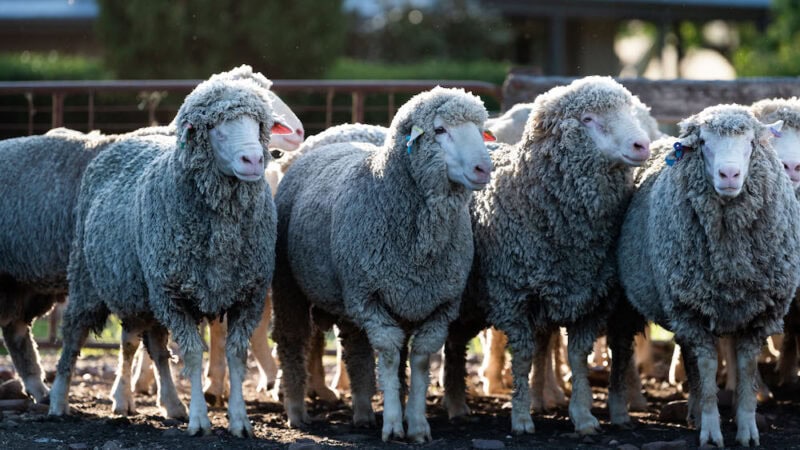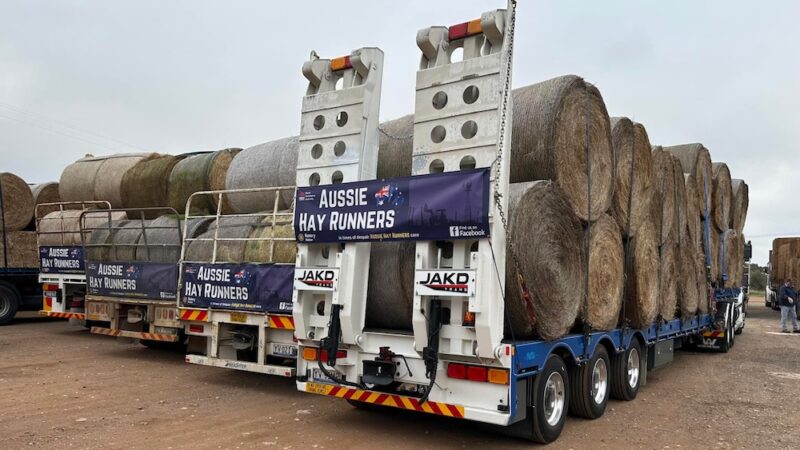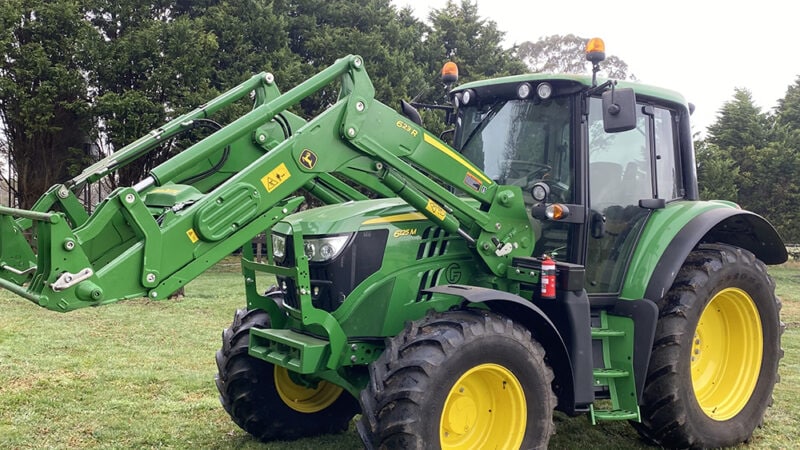The renewable energy hub project by Innovating Energy is possible due to grant assistance under…
The pork plan: our preferred protein?
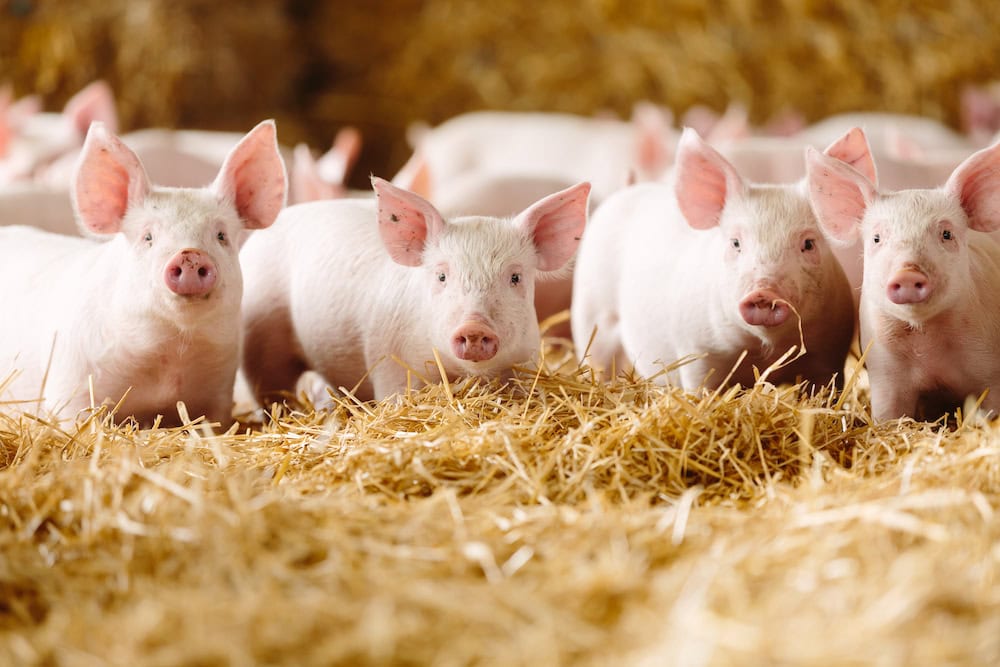
Australian pig producers have been exhorting Australian households to �Get some pork on your fork� since the peak industry body � Australian Pork Limited (APL) � launched the innovative campaign back in 2010. Australia�s cooks responded and now pork (fresh and processed combined) is the second favourite protein in this country. When APL�s strategic pork plan was due for an update it decided that even though the industry had achieved a lot in the past 10 years, surpassing both beef and lamb as Australia�s favourite meat, it could go one better: pork should aim to be the nation�s preferred protein.

Leaders in animal welfare in agriculture
According to APL CEO, Margo Andrae, �Driving consumer demand will be key, but we�re also working on market and product differentiation � looking at using the whole pig for non-pork products such as nutraceuticals. We are also aiming to be leaders in agriculture for animal welfare, by driving new and impactful research projects. The industry is also focussed on delivering climate friendly farming, with a goal for zero waste by 2025.�
As with many industries and companies, APL began working on the nine elements of its new five-year plan before COVID-19 hit, and its impact and associated control measures on the industry are widespread.
Andrae notes, �Foodservice accounts for around 26 percent of Australian pork sales, so the restrictions implemented there had an immediate effect on the industry. Our exports were also affected as flights came to a standstill, which impacted pork prices.
�We�ve had to pivot a lot of our day-to-day business internally, as well as broadly across the industry because of COVID-19, but I actually think that stands us in good stead for ASF preparedness.�
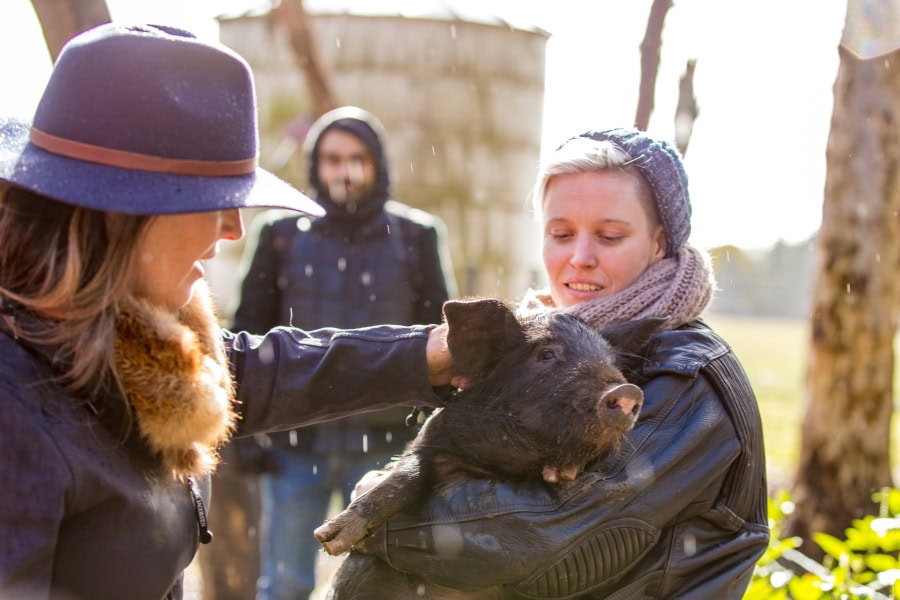
The pork plan and social license
A further challenge for the pork industry � indeed for all agricultural industries � is maintaining its social licence. And so the strategy seeks to address the ethical issues that are changing consumer choices.
�Leading community social license is a key theme of the plan which covers animal care, biosecurity, climate-friendly farming, human nutrition and industry viability,� says Andrae. �It�s about balancing the major factors sustainably to ensure Australian pork remains affordable for shoppers, safe for workers, responsible to the planet, considerate of the animals, nutritious for consumers and viable for the farmer.�
In 2011 the pork industry voted to voluntarily remove gestation stalls and set a target of legislating this move in 2017.
�When governmental priorities delayed the review of pig care standards and guidelines, APL volunteered to help fund the process of review in order to deliver on our promise,� explains Andrae. �We are looking to extend this proactivity with our new plan and will continue to invest in research and better practice, to continue this progression.�
Pork producer Ean Pollard of Lansdowne Piggery, Young, believes the goal of making pork is �an awesome attempt to move the industry forward.� He also agrees that social licence to operate will be key to the industry achieving its goals and applauds the new strategy�s approach.

�Some of the key priorities such as social licence to operate are extremely important in today’s environment, especially when you talk about housing animals indoors,� he says. �The first impression that people have is � ‘Oh wow, the pigs live indoors’, but most of society lives indoors so when you think about it in that context, when you can provide safe, clean and healthy conditions for the animals, that’s the way we should be promoting it, letting people know that it is acceptable.�
Less environmental impact
The Australian pork industry is also serious about reducing its impact on the environment and finding new ways to reduce waste. It has reduced its carbon footprint by more than 60 percent and water use by 80 per cent.
Many larger farms now also produce biogas by capturing the methane from pig manure and converting it into electricity that can be used to keep newborn piglets warm. Some have introduced solar or are using manure and effluent as fertiliser to improve crops and pasture. Others are converting human food waste into safe and nutritious pig feed.
�These innovations are supporting our sustainability goals and also provide additional benefits such as reducing energy costs or providing additional sources of income. Climate friendly farming will continue to be a priority for our industry,� says Andrae.

While there is no doubt that the post-COVID-19 world will be an uncertain place, but Andrae argues the pork industry is in a strong position as in the past 10 years there has been a 35 percent increase in fresh pork consumption, and the industry value has grown to $5.3 billion.
�This solid foundation means we can take a future-focused approach to the next five years,� she says. �Australia�s pork producers are innovative, rise to a challenge and want to be the world�s best. That is evident in what they have achieved, but also in the discussions that were had during the consultation. Producers, staff and other stakeholders workshopped how they saw the industry�s future and how we were going to get there. We did not shy away from the challenges; these were positive discussions where nothing was off limits. Those conversations enabled us to develop this plan, be progressive and also evolve APL�s vision for pork and for our industry.�
Another producer from Blantyre Farms in Young � Edwina Beveridge, was a member of the strategic plan committee and she thinks it�s going in the right direction.
�We have done really well in last ten years. We�ve increased kilogram per capita of pork consumed and the strategic plan hopes to keep building on that, which I think is great,� she says. �It�s quite a bold plan � in what it is also a challenging time � that was initiated before COVID-19, so it will be interesting to see whether it�s more challenging to deliver on it than originally thought. It also tackles some really big topics such as further reducing carbon footprint and doing better environmentally. Getting all of the industry on board for these things would be great.�
Fast facts:
- In 2019, Australians ate nearly 21 kilograms of pork per capita
- In NSW 1,265 pork farmers produce about 63,000 tonnes of pork annually
- Second only to chickens, pigs are very effective feed converters
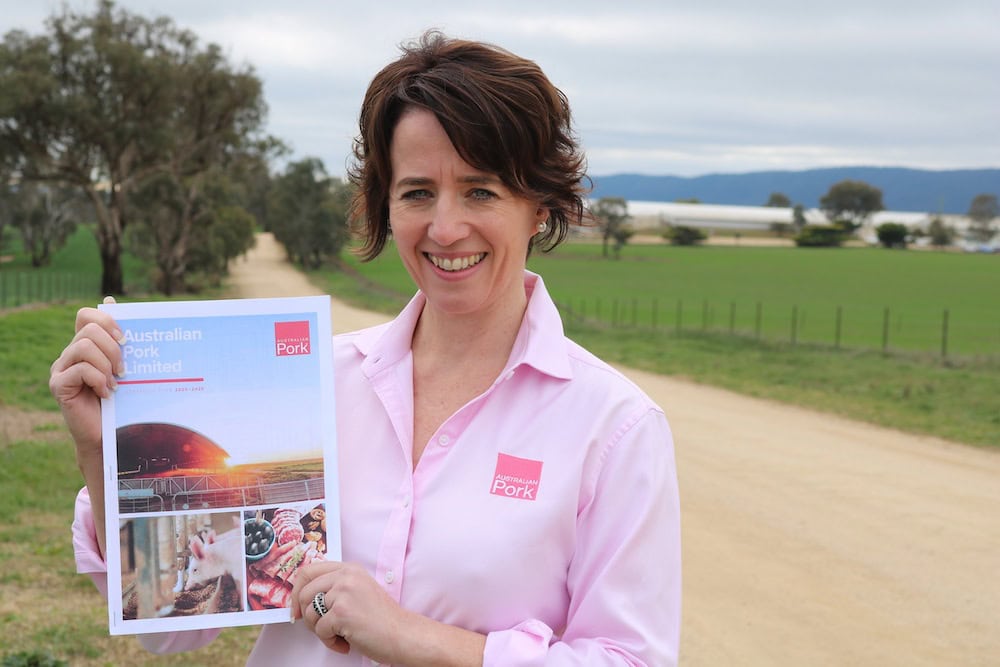
If you enjoyed this story, you might enjoy our feature on the wool industry.


